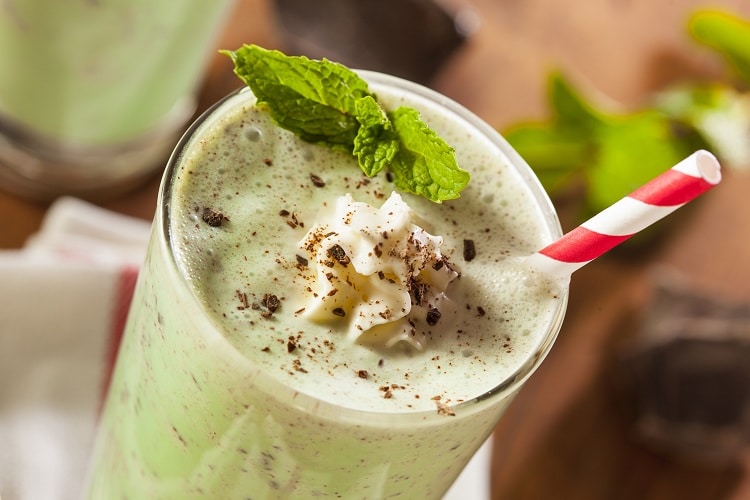Just a pinch… That’s how much salt many recipes call for. It’s also the amount that you sometimes sprinkle over your food to make it “just right.” But, did you know that the average American consumes one and a half teaspoons of salt or more each day? That’s much more than the recommended amount to keep your body running smoothly. Most of this salt intake comes from pre-packaged foods and take-out.
Salt, also known as sodium chloride, is an essential part of maintaining proper fluids in the body. It helps transmit nerve impulses throughout the body and influences the contraction and relaxation of muscles. On the other hand, it also is a key player in heart disease, high blood pressure and a host of other health problems.
Many studies have shown that a higher salt intake raises blood pressure or the force of your blood pushing against your arteries as the heart pumps blood through the body. High blood pressure has been linked to heart disease, stroke, kidney failure and other health problems.
How does sodium increase blood pressure? Well, sodium attracts and holds water. When you have excess sodium in your blood stream, your blood volume increases making your heart work harder to move more blood through your blood vessels. This increases pressure in your arteries.
Your kidneys are important in the balance of sodium stored in your body. When sodium levels are low, your kidneys essentially hoard sodium. When sodium levels are high, your kidneys pass the excess through urine.
But your kidneys can only do so much. If, for some reason, they are unable to eliminate enough sodium, it can start to accumulate in your blood. Thus resulting in high blood pressure.
About 1 in 3 adults currently has high blood pressure. Another third has “prehypertension,” meaning they are at risk to develop high blood pressure. Therefore, it is evident that a good majority of our population need greatly to decrease their blood pressure.
Experts recommend most people consume less than 2,400 milligrams of sodium a day—that’s what’s in about a teaspoon. Those with high blood pressure, heart disease or over the age of 50 should reduce that amount to 1,500 milligrams or less—about 3.7 grams of salt. But right now, the average man in the United States takes in over 10 grams of salt per day and the average woman over 7.
Research finds that reducing salt intake nationally by just a little bit could cut the number of new cases of heart disease, stroke and heart attack drastically. Some countries, such as the United Kingdom, have already begun to work with the food industry to reduce the amount of salt added to processed foods. It is now required that labels be added to all ready-to-eat foods. The UK has already seen much success already with a 10% reduction in salt consumption in the past four years.
So, you probably think that by limiting salt, you would be left with bland tasteless food, right? But several studies have shown that if you gradually reduce sodium intake, your desire for salty food also lessens. Small decreases in salt content are hardly detectable in the taste of food, but can have dramatic health benefits.
The salt we sprinkle on our food actually accounts for less than 10% of our salt consumption.
Here are some easy ways to cut the salt in your life:
- Eat fresh foods – when you cook a meal yourself, you know how much salt is added.
- Limit processed foods from stores and restaurants.
- Limit fast food, cold cuts, frozen and canned foods.
- Give flavor to your foods with herbs and spices other than salt.
- Look at the labels on breads and cereals—over 20% of the salt in the average American’s diet comes from grain products, such as breads, cereals, crackers and chips.
- Try to select foods with less than 5% of the daily value or 300 mg of salt per serving.
- Buy unsalted or low sodium foods when possible—still look at the label, the front of packages can be deceiving.
This message brought to you by The Chester County Hospital and Health System.



